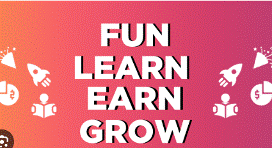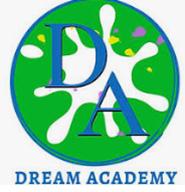





|
|
|
|
|
CONTACT 732-281-7122 732-423-8052 |
|
HEALTH-FOUNDATION |
|
Foundations of Health Science Course Description: Foundations of Health Science introduces students to a wide range of health careers. Integrated academics combined with health care knowledge and skills provide the framework for a strong health care delivery system in the twenty-first century. This course is the prerequisite for all the health science courses.
It is recommended for students who want to prepare for further study in an array of health-related fields at the postsecondary level. This course is designed to help students develop a basic knowledge of the normal structure and function of the human body.
Medical terminology is incorporated into instruction regarding human body structures and functions and the disease process. Career and technical student organizations are integral, co-curricular components of each career and technical education course.
These organizations serve as a means to enhance classroom instruction while helping students develop leadership abilities, expand workplace-readiness skills, and broaden opportunities for personal and professional growth.
CTSO: HOSA-Future Health Professionals is a national student organization whose mission is to promote career opportunities in the health care industry and to enhance the delivery of quality health care to all people.
Course Goals: Following the completion of this course the student will be able to:
1) Demonstrate safe work practices in health care, including adherence to Occupational Safety and Health Administration (OSHA) standards, observance of emergency procedures and protocol, and knowledge of body mechanics as related to the field of ergonomics
2) Identify basic medical symbols and terms, including pronunciations, abbreviations, prefixes, suffixes, and root words.
3) Describe basic structures and functions of the human body systems.
4) Use effective communication skills in the field of health care, including addressing clients respectfully.
5) Recognize legal responsibilities, limitations, and implications within the health care delivery setting.
Essential Question(s):
How will incorporating medical terminology into instruction regarding human body structures and functions and the disease process assist a health care worker succeed in the 21st century?
Course Outline:
The course outline includes the following major content
I. Safety II. Medical Terminology A. Root words B. Prefixes C. Suffixes D. Abbreviations III. Anatomy & Physiology A. Integumentary System B. Skeletal System C. Muscular System D. Nervous System E. Cardiovascular System F. Lymphatic System G. Respiratory System H. Digestive System I. Urinary System J. Endocrine System K. Reproductive System IV. Communication V. Employability Skills VI. Legal and Ethical Implications
Instructional Philosophy:
The Health Science philosophy is to provide an environment for developing proper skills, knowledge, safety habits, work ethics and pride in achievements.
Students will be expected to meet all of the course goals and to demonstrate their understanding of the underlying concepts. The instruction will be lecture, videos, computers, demonstration, question and answer, laboratory, guest speakers and hands on application. The course requires students to use academic skills, such as Mathematics, Science, and Language Arts. Students will be expected to take part in discussions, work in groups, work individually, and complete homework assignments and complete assignments on time.
Embedded Literacy Anchor Assignment: This course contains technical reading and writing in every unit. Students will complete assignments that require these skills on a regular basis.
Example: Label a diagram of the human body using proper medical terminology (cardio = heart) |
